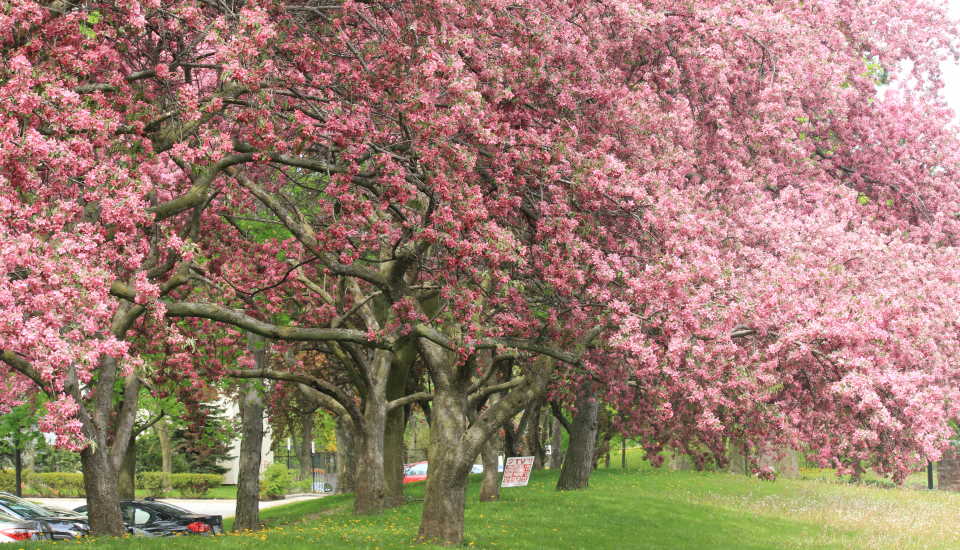Ace of Hearts Redbud Tree : How to Grow and Care
Redbud trees are a member of the legume family, just like peas. However, the Ace of Hearts tree, also known as Redbud, is a unique flowering tree found in East and North Central America. Its arrival in spring is a delight to behold, as the blooming flowers fill the air with their sweet fragrance.
The Redbud tree has a distinct appearance, with a dense, domed structure that can be seen on forest edges or in the form of a bush with eye-catching flowers. Interestingly, the flowers of the tree are edible, making it a popular ingredient in salads or as a garnish for desserts. The leaves of the tree are shiny, and their pinkish-lilac color takes the shape of a heart towards summer.
Redbud trees are known for their ornamental value and are a popular addition to landscapes and gardens. They require proper care and maintenance to thrive and produce their signature blooms. With their unique appearance and edible flowers, Redbud trees are a beloved feature of the North American landscape.
Caring Ace Of Hearts
The Ace of Hearts tree, also known as Redbud, requires proper care to thrive and maintain its beauty. It is recommended to plant the tree in the spring when it’s young. The tree loves the sun and requires exposure to sunlight, but partial shade and protection from wind during summer are also essential. Pruning should be done in the fall, and dry branches must be pruned to maintain the health of the tree.
The soil for planting the tree must be well-drained, calcareous, and permeable. When digging a hole for planting, it should be several times deeper than the root width. Organic soil and compost should be added to the hole after planting to ensure that the tree is well-fed from its roots without rotting. Regular irrigation is required during the first years, and the tree is more productive when grown in soils with regular and sufficient moisture.
Mulching is also necessary to preserve soil moisture and protect the tree from weeds and harmful factors. With proper care, the Ace of Hearts tree can thrive, producing beautiful flowers and providing an attractive addition to any landscape.

Growing Ace Of Hearts
The Ace of Hearts tree, scientifically known as Aesculus x hybrida, is a species of deciduous tree native to North America. It is popularly grown for its attractive flowers and ornamental value. The tree has a unique appearance, with a wrinkled bark that covers its branches and trunk. The flowers are its most distinctive feature, attracting butterflies and bees due to their high pollen content. These flowers usually bloom in pinkish shades and can be found alongside the white-flowered trees of the same species.
Despite its popularity, the Ace of Hearts tree is not known to grow very large, usually reaching a length of 6-10 meters and a width of 4-11 meters. The trunk of the tree grows close to the ground, giving it a bushy appearance. The leaves of the tree are heart-shaped, and they darken towards autumn. As summer progresses, the tree produces shelled seeds that replace the dried-up flowers. The pollination process by bees leads to the flowering of the tree again in spring, thus completing the cycle.
Conclusion
In conclusion, the Ace of Hearts tree, also known as Redbud, is a beautiful and unique species that can thrive if given proper care and attention. Regular watering and adequate moisture in the soil are essential to its growth and development. While the tree adapts to most climates, it is best to plant it in the spring and ensure that its needs are met throughout the year. With proper care, the Ace of Hearts tree can accompany you for many years, providing a stunning display of flowers and adding ornamental value to any landscape.
You may also be interested in:
